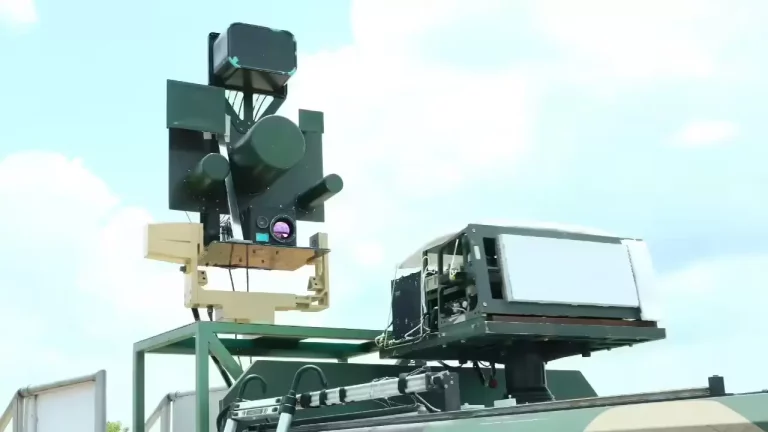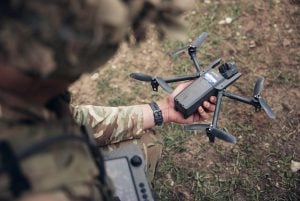In a significant step towards bolstering its short-range air defense capabilities, the Indian Army has launched an emergency procurement initiative for six mobile AK-630 multi-barrel air defense gun systems. This move aims to counter emerging threats such as drones, loitering munitions, rockets, and mortars along the sensitive border with Pakistan.
The procurement tender has been issued to the defense public sector undertaking Advanced Weapons and Equipment India Ltd (AWEIL) for the installation of these 30mm systems, which are designed to have an effective operational range of 4 to 6 kilometers. An Army official disclosed that the contract is set to be finalized under a fast-track emergency procurement mechanism recently approved following Operation Sindoor, with plans to order additional units in the future.
The AK-630 systems are mounted on trailers that can be towed by high-mobility vehicles, allowing for rapid deployment and positioning. Notably, each gun boasts a remarkable cyclic fire rate of up to 3,000 rounds per minute, providing a robust defense against incoming aerial threats at close ranges. The systems are equipped with an all-weather fire control system, enabling effective operations during day, night, and adverse weather conditions. Moreover, these systems will be integrated into the Army’s Akashteer air defense command-and-control architecture, enhancing coordination and responsiveness across India’s defense network.
This procurement effort comes on the heels of the Army Air Defence’s (AAD) recent announcement regarding the acquisition of three mobile regiments of the indigenous Quick Reaction Surface-to-Air Missile (QRSAM) systems. Valued at approximately ₹30,000 crore, these regiments are expected to be capable of detecting and eliminating enemy aircraft, attack helicopters, drones, rockets, and missiles at ranges exceeding 30 kilometers.
India’s multi-layered air defense network, which combines both indigenous and imported systems, has played a crucial role in safeguarding national airspace, particularly during the four-day conflict in May 2025, which saw the successful interception of Turkish-origin drones and Chinese missiles launched by Pakistan.
In line with its modernization efforts, the AAD is also planning to induct smart and programmable ammunition for its L-70 and ZU-23mm guns. This will be accompanied by new counter-unmanned aerial systems (UAS) and counter-rocket, artillery, and mortar (RAM) weapons to enhance the low-altitude defense capabilities of the Indian Army.


















